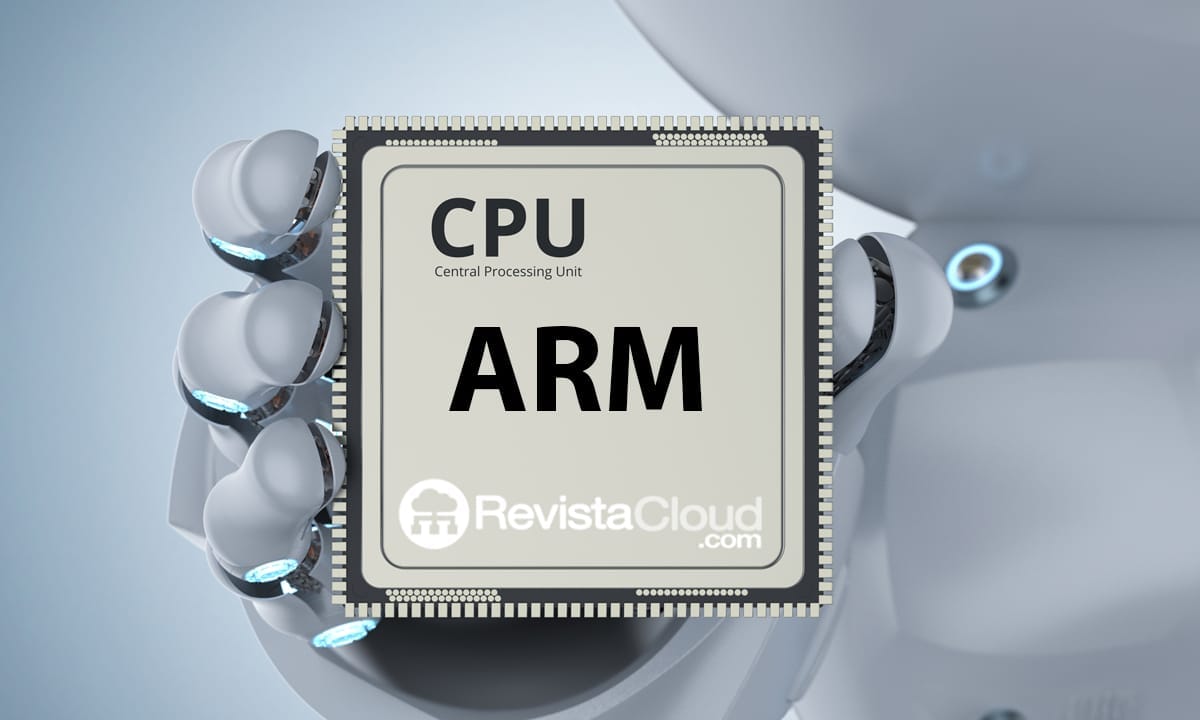ARM, known for its energy-efficient processors that are now found in millions of devices, has come a long way since its founding in 1990. Its history traces back to the 1970s when the seed of what would become ARM began to take root at Acorn Computers, a British company aiming to advance computing in the UK. Since then, the company has evolved into the global leader in chip architecture, with a notable influence in the mobile sector, IoT, and cloud processing.
The Beginnings at Acorn Computers
The history of ARM dates back to 1978, when Acorn Computers was founded by Chris Curry and Hermann Hauser in Cambridge, UK. Acorn secured the contract to develop the BBC Micro, a computer that would become a key educational tool in the UK. As part of this project, Steve Furber and Sophie Wilson designed the first ARM processor, the ARM1, which enabled efficient processing with low energy consumption, characteristics that became the foundation of modern ARM processors.
Foundation of ARM as an Independent Company
The company we know today as ARM was born in 1990 under the name Advanced RISC Machines Ltd (ARM), as a collaboration between Acorn Computers, Apple, and VLSI Technology. This strategic alliance enabled ARM to develop a business model based on intellectual property (IP) licensing, meaning manufacturers could integrate Arm’s architecture into their own chip designs through licensing agreements. This business innovation was key to its future success and expansion.
Early Successes and the Leap into Mobile Markets
In 1993, ARM reached a significant milestone by signing a deal with Texas Instruments and Nokia, leading to the use of ARM processors in the highly successful Nokia 6110 mobile phone. This agreement marked the beginning of ARM’s expansion into the mobile device sector. Today, over 99% of smartphones worldwide run on processors based on ARM technology.
Going Public and Growth in the ’90s
ARM’s expansion into the mobile market fueled its exponential growth during the 1990s. This success led the company to go public on the London Stock Exchange and NASDAQ in 1998. During this period, ARM established itself as the dominant processor design for mobile devices, with the leadership of Sir Robin Saxby and Warren East being crucial in making ARM the de facto standard in chip architecture.
Product Diversification and the Arrival of Cortex
In the early 2000s, ARM diversified its product portfolio with the launch of the Cortex-A, Cortex-R, and Cortex-M processor families. Each line was aimed at different markets: Cortex-A for high-performance applications like smartphones and tablets, Cortex-R for real-time applications, and Cortex-M for low-energy devices in the growing Internet of Things (IoT) sector. This diversified strategy positioned ARM in various sectors beyond mobile devices, including automotive and industrial.
Innovation in the Smartphone Sector
With the arrival of smartphones in 2007, the demand for high-performance chips that also optimized battery life skyrocketed. ARM responded with its multi-core processor architecture, including the innovative big.LITTLE design in 2011, which combined high-performance cores with low-power cores to optimize energy usage. This strategy allowed smartphone manufacturers to enhance performance without sacrificing device battery life.
Expansion into IoT and Connectivity
The rise of IoT in the 2010s presented new opportunities for ARM, whose low-power architectures were ideal for connected devices that needed to operate on long-lasting batteries or limited power. From sensors in industrial environments to consumer devices, ARM technology became the core of millions of IoT devices. By 2022, around 65% of embedded IoT devices used ARM-based processors.
Acquisition by SoftBank and Diversification into New Markets
In 2016, SoftBank acquired ARM, making it a private company and allowing for a significant capital injection to expand its presence in new markets. Under the leadership of Rene Haas, the company focused on emerging markets such as automotive and cloud computing. The Neoverse product line, launched in 2018, allowed ARM to enter the high-performance computing (HPC) and cloud sectors, positioning itself as a competitor in data center architectures.
Armv9: A New Era in ARM Architecture
In 2021, ARM introduced its new Armv9 architecture, representing a significant advancement in security and performance compared to previous generations. Armv9 was designed to meet the increasing computing needs in artificial intelligence, machine learning, and advanced security, ensuring that ARM can continue to be a key player in the next generation of technologies.
A Leader in Technology with a Global Presence
With over 265 billion ARM-based chips distributed worldwide, the company has solidified its position as the most widely used computing platform. ARM boasts a network of more than 1,000 technology partners, including leading companies in semiconductor and electronic device development. Additionally, the company operates in over 21 countries, with its global headquarters in Cambridge, UK.
The Future of ARM and Global Computing
With a clear and ambitious vision, ARM continues to be a pillar of modern technology, committed to developing energy-efficient and scalable processors. From its early days in a barn in Cambridge to its current global influence, ARM continues to innovate across a wide spectrum of sectors, ensuring its technology sits at the heart of the next generation of connected devices and computing systems.
The history of ARM reflects a unique blend of technical innovation, adaptability, and business strategy, establishing a legacy that will continue to drive the future of technology in an increasingly connected world.

